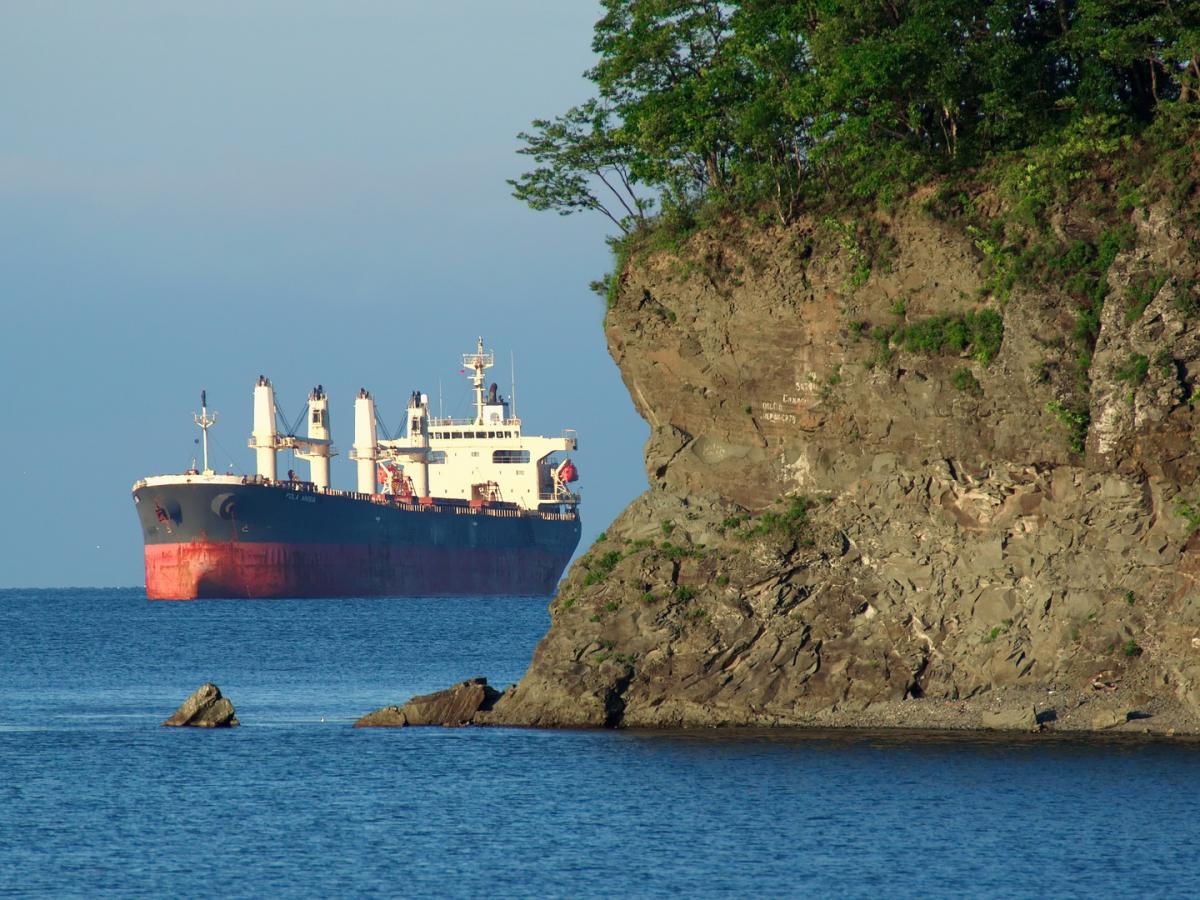Australia must improve trade strategy in face of China coercion

A new report from the University of Adelaide’s Institute for International Trade says China is guilty of economic coercion and discriminatory purchasing amidst souring relations with Australia.
The report, Economic Coercion by China: the impact on Australia’s merchandise exports, commissioned by the Institute for International Trade (IIT), extrapolates the full cost of China’s trade actions in terms of lost export revenue for Australia.
“Australia is estimated to have foregone export revenue of around US$4.9 billion (A$6.6 billion) in the Chinese market from July 2020 to February 2021 as a result of its restrictions or discriminatory purchasing.”Mike Adams, co-author of Economic Coercion by China: the impact on Australia’s merchandise exports
In discussing the report’s key findings, Dr Naoise McDonagh, lecturer at the University’s Institute for International Trade said: “A fortunately timed jump in the price of iron ore and other resources has hidden from view the dramatic costs of China’s trade war against Australia.”
“Hidden costs can make for complacent responses. This report should be a wake-up call to Canberra to accelerate its role in pushing diversification, as well as diplomatic strategies for cooling tensions.”
The report – authored by three former members of Australia’s Department of Foreign Affairs and Trade – provides the most concerted effort to date to fully quantify the true costs of China’s trade coercion tactics to Australia’s merchandise trade.
“Australia is estimated to have foregone export revenue of around US$4.9 billion (A$6.6 billion) in the Chinese market from July 2020 to February 2021 as a result of its restrictions or discriminatory purchasing,” said Mike Adams, one of the authors of the report.
“The true extent of the losses have been hidden by a boom in iron ore prices. If iron ore is excluded, Australia’s trade with China declined markedly in 2020 by over 23 per cent.
“The decline is even more pronounced – at 48 per cent – if non-iron ore merchandise exports for January-March 2021 are compared with those for April-June 2020, just before the relationship began to sour badly.”
Further highlights from the report:
- If losses from the eight most clearly targeted commodities are extrapolated to a full year and exports ceased, lost export revenue in China is estimated at A$23 billion.
- Diversification has generally not matched markets lost through China’s economic coercion and discriminatory purchasing.
- Analysis of average monthly data on the gains in exports to third countries and the losses in the Chinese market suggest that losses are much greater when comparisons go back a year to eighteen months.
- Attempts to diversify into other overseas markets have had varied success.
- Barley, copper ores and, to a degree, coal exports have found new overseas customers but finding new markets for wine and rock lobster has been challenging and has resulted in lower prices and returns.
- Even a return to more normal relations with China would probably fail to restore these markets, though it would certainly help.
- The dramatic losses in trade volumes with the nation’s largest partner demands far more urgency for improving Australia’s diversification strategy.
“China’s politics have fundamentally shifted under Xi Jinping. Trade-based coercion will for the foreseeable future be a threat hanging over all economic flows between the two countries,” said Dr McDonagh.
“Canberra and businesses need to weigh risks and plan long-term China risk mitigation and diversification strategies.”
Further information about the work of the Institute for International Trade is available at www.iit.adelaide.edu.au
Media Contacts:
Dr Naoise McDonagh, Lecturer, Institute for International Trade, University of Adelaide. Mobile: +61 (0)432 302 395, Email: naoise.mcdonagh@adelaide.edu.au
Dr Mike Adams, co-author of Economic Coercion by China: the impact on Australia’s merchandise exports. Mobile: +61(0)0490 521 476 Email: MikeGAdams@hotmail.com
Professor Peter Draper, Executive Director, Institute for International Trade, University of Adelaide. Mobile: +61 (0)481 902 474, Email: peter.draper@adelaide.edu.au
Crispin Savage, Senior Communications and Media Adviser, University of Adelaide. Mobile: +61 (0)481 912 465, Email: crispin.savage@adelaide.edu.au
